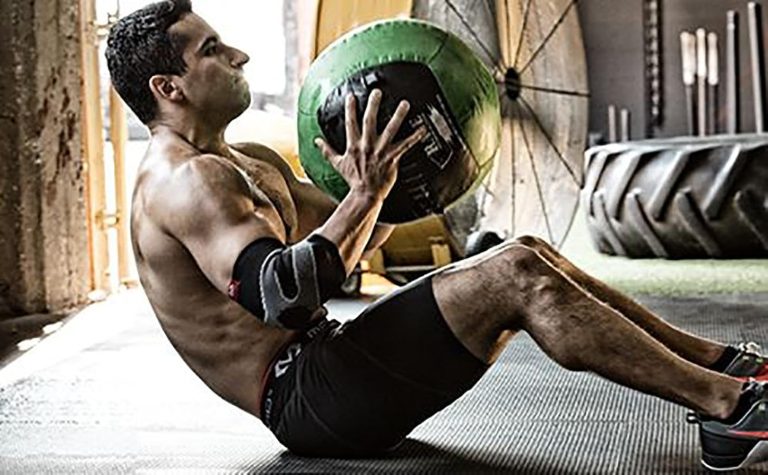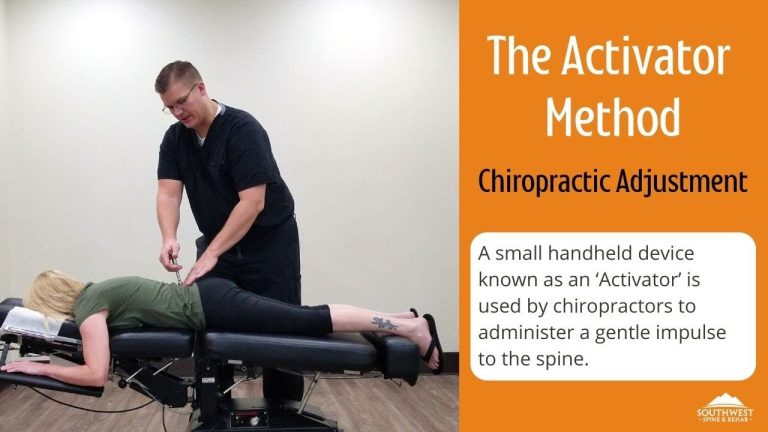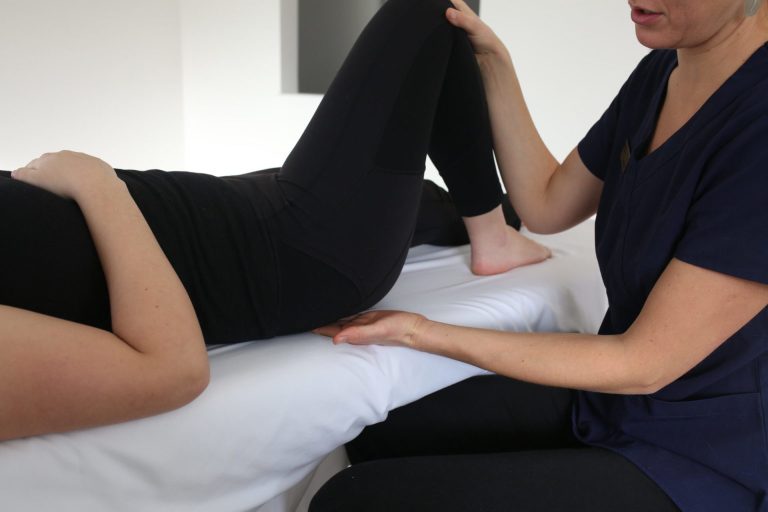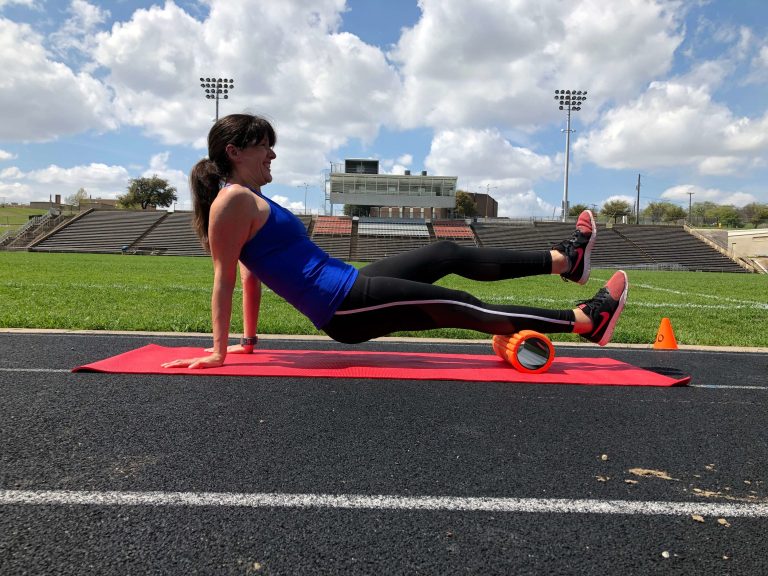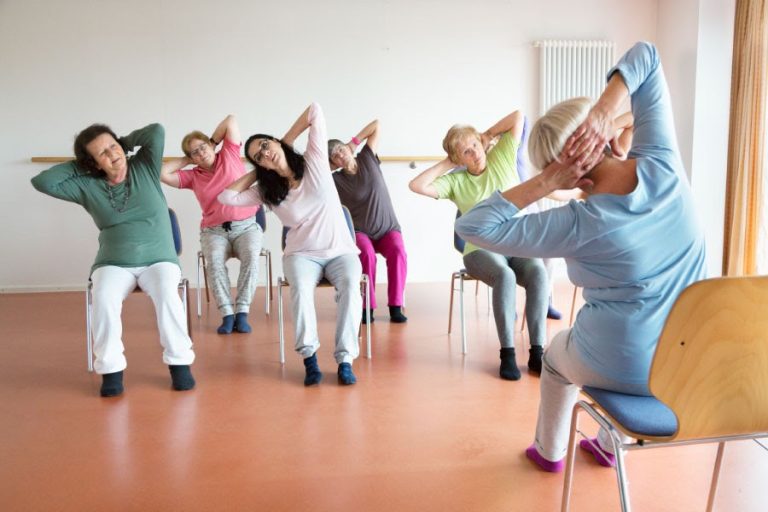Weak Quadriceps Gait: Causes, Exercises, and Rehabilitation Techniques
Imagine trying to walk, but with each step, you feel a weakness in your quadriceps muscles, making it difficult to move forward. This is the reality for patients with knee osteoarthritis, a condition that not only affects their mobility but also their quality of life.
In this article, we delve into the world of gait impairments in knee osteoarthritis, particularly focusing on the weak quadriceps gait. We explore how muscle weaknesses in the knee extensor muscles can impact gait speed and joint stiffness, ultimately leading to increased knee joint loads.
Join us as we uncover the importance of maintaining an ideal gait speed for patients with knee osteoarthritis.
weak quadriceps gait
The weak quadriceps gait is a characteristic gait pattern observed in patients with knee osteoarthritis (KOA) due to impairments in gait kinematic parameters. Biomechanical changes during gait have been found to be correlated with weakness in the knee extensor muscles.
KOA patients commonly experience muscle pain and weakness, with women suffering from a significant 34% decrease in knee extensor strength. This muscle strength deficit affects all lower limbs but is particularly pronounced in the knee extensors.
Lower strength levels are negatively correlated with support/step time, indicating reduced gait speed. Mobility limitations are evident when knee extensor torque values fall below 1.5 Nm/kg, and volunteers with KOA have been found to exhibit extensor torque values 36% below this threshold.
The weakness in knee extensors is directly related to the development and progression of KOA, as maximal knee joint loads are experienced during gait. To reduce the impact on the knee joint, KOA patients adopt a slower walking speed and exhibit greater joint stiffness.
This compensatory response aims to minimize joint stress. However, it is important to note that the ideal gait speed for performing daily tasks is generally considered to be 1.2-1.4 m/s.
Key Points:
- Weak quadriceps gait is observed in patients with knee osteoarthritis (KOA) due to impaired gait kinematic parameters.
- Women with KOA experience a significant 34% decrease in knee extensor strength.
- Lower strength levels are associated with reduced gait speed and mobility limitations.
- Knee extensor torque values in KOA patients are often 36% below the threshold of 1.5 Nm/kg.
- Weakness in knee extensors is directly linked to the development and progression of KOA.
- KOA patients adopt a slower walking speed and greater joint stiffness to minimize joint stress, but this falls below the ideal gait speed for daily tasks.
Sources
https://www.youtube.com/watch?v=Ha9LKXZfWBQ
https://advancesinrheumatology.biomedcentral.com/articles/10.1186/s42358-018-0027-7
https://pubmed.ncbi.nlm.nih.gov/30657091/
https://www.youtube.com/watch?v=kSt-8J7BeGU
Check this out:
💡 Pro Tips:
1. Strengthening exercises specifically targeting the quadriceps can help improve gait kinematics and reduce impairments in KOA patients.
2. Incorporating resistance training, such as using ankle weights, can help increase knee extensor strength and improve overall gait biomechanics in individuals with weak quadriceps.
3. It is important for women with KOA to focus on building knee extensor strength, as they are more likely to have a significant decrease in strength compared to men with the same condition.
4. Regular monitoring of knee extensor torque values can provide valuable information about mobility limitations and potential progression of KOA.
5. Maintaining an ideal gait speed of 1.2-1.4 m/s can help in performing daily tasks and reduce the stress on the knee joint in individuals with weak quadriceps gait.
1. Biomechanical Changes In Gait Due To Weak Quadriceps In KOA Patients
Knee osteoarthritis (KOA) is a degenerative joint disease that affects millions of people worldwide. One of the key impairments in KOA patients is a weak quadriceps gait, which is characterized by biomechanical changes in gait kinematic parameters.
These changes in the way patients walk are directly correlated with the weakness of the knee extensors, specifically the quadriceps muscles.
The quadriceps muscles play a vital role in the control and stabilization of the knee joint during walking. They are responsible for extending the knee and providing support and stability throughout the gait cycle.
However, in KOA patients, these muscles often experience pain and weakness, leading to alterations in gait biomechanics.
2. Muscle Pain And Weakness As Key Symptoms Of KOA
Muscle pain and weakness are the main symptoms experienced by KOA patients. The quadriceps muscles, in particular, are affected, resulting in significant impairments in gait.
Studies have shown that women with KOA experience a 34% decrease in knee extensor strength compared to healthy individuals.
Furthermore, muscle strength deficits are not limited to the quadriceps alone. The weakness affects all lower limb muscles, with a more pronounced effect on the knee extensors.
This weakness and imbalance in muscle strength contribute to the biomechanical alterations observed in gait.
3. Significant Decrease In Knee Extensor Strength Among Women With KOA
A significant decrease in knee extensor strength has been observed among women with KOA. This decrease in strength is directly associated with the limitations in mobility and altered gait patterns seen in these individuals.
Additionally, the decrease in knee extensor strength negatively affects support/step time, which indicates reduced gait speed.
KOA patients with knee extensor torque values below 1.5 Nm/kg are found to have mobility limitations. A study involving volunteers with KOA demonstrated that their extensor torque values were 36% below this threshold.
These findings highlight the importance of addressing and improving knee extensor strength in the rehabilitation of KOA patients.
4. Impaired Muscle Strength Affecting All Lower Limbs, Particularly Knee Extensors
Muscle weakness, especially in the knee extensors, plays a significant role in the development and progression of KOA. Weakness in these muscles results in increased stress and load on the knee joint during gait.
This increased load contributes to joint damage and pain experienced by patients.
To compensate for the weakened quadriceps muscles, KOA patients often modify their walking patterns. They walk slower and exhibit greater joint stiffness to reduce the impact on the knee joint.
The lower gait speed observed in KOA patients is a compensatory response aimed at reducing joint stress and pain.
5. Negative Correlation Between Strength Levels And Gait Speed In KOA Patients
There is a negative correlation between the strength levels of the lower limb muscles and gait speed in KOA patients. As the strength decreases, the gait speed also decreases.
This reduction in speed is a protective mechanism employed by the body to alleviate stress on the knee joint.
Studies have shown that the ideal gait speed for performing daily tasks is between 1.2 and 1.4 m/s. However, due to the weakness and pain associated with KOA, patients often struggle to maintain this optimal gait speed.
Rehabilitation techniques focusing on improving muscle strength and addressing the weak quadriceps gait are crucial to restore normal gait patterns.
6. Mobility Limitations Indicated By Knee Extensor Torque Values Below 1.5 Nm/Kg
Knee extensor torque values below 1.5 Nm/kg indicate mobility limitations in KOA patients. These values serve as a threshold for effective functioning and mobility.
KOA patients with torque values falling below this threshold are likely to experience difficulties in performing daily activities and have compromised mobility.
It is essential for healthcare professionals to assess and monitor knee extensor strength in KOA patients. Rehabilitation programs should focus on exercises and techniques that target the quadriceps and other lower limb muscles to improve overall muscle strength and mobility.
In conclusion, weak quadriceps gait is a common impairment observed in KOA patients. The weakness and pain experienced in the knee extensors have significant biomechanical effects on gait.
Addressing and improving muscle strength, particularly in the quadriceps muscles, is essential for the rehabilitation and management of KOA. With proper exercises and rehabilitation techniques, KOA patients can regain their mobility, alleviate pain, and achieve a more optimal gait pattern.


